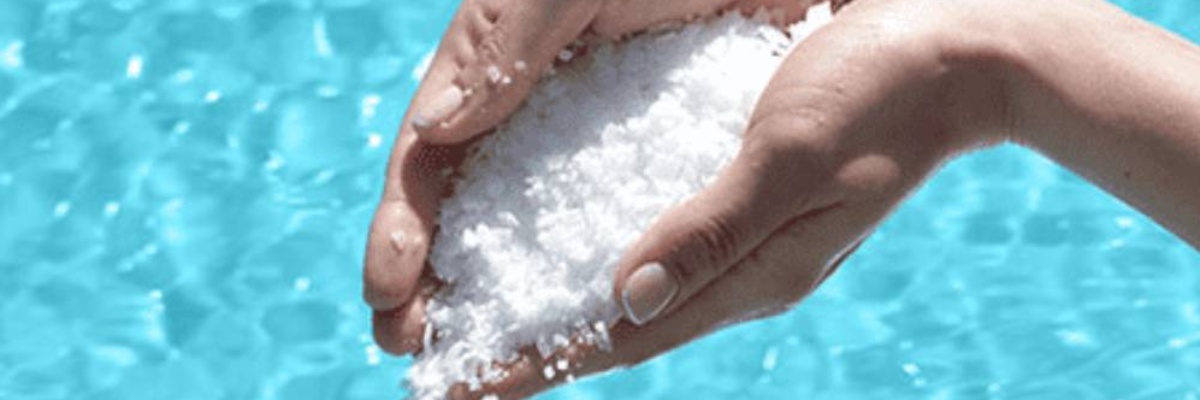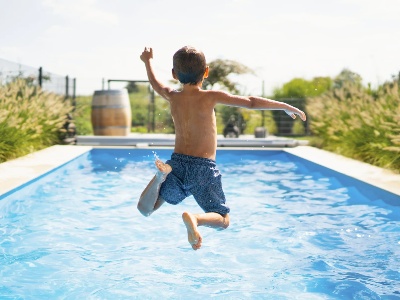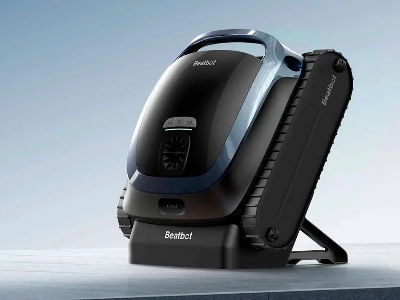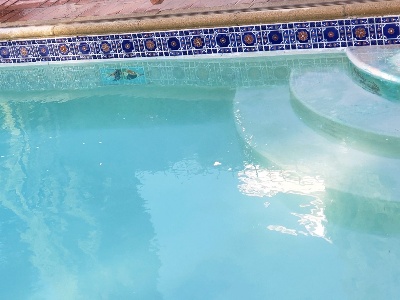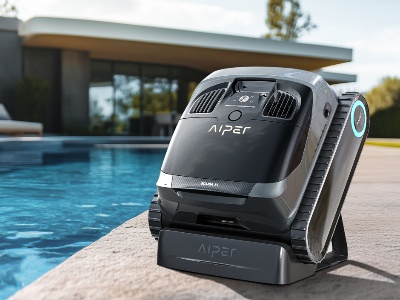More and more owners are opting for a saltwater pool, attracted by the softer, less irritating water and simplified maintenance. But one question often arises: are robotic cleaners compatible with saltwater treatment? The good news is that most modern models, including those from Beatbot, Aiper, Dolphin (Maytronics), Zodiac and Hayward, are designed to work perfectly in pools treated by salt electrolysis. However, a few precautions are necessary to ensure durability. Here is everything you need to know to properly equip a saltwater pool.
Is salt dangerous for pool robots?
The principle of salt electrolysis is based on a moderate salt concentration (generally between 3 and 5 g/L), much lower than that of seawater. At this dose, salt is not corrosive to resistant materials such as reinforced ABS, marine-grade 316L stainless steel or technical plastics. Recent pool robots are therefore designed with components that are compatible with this environment. Problems can arise, however, with prolonged exposure without rinsing. As salt dries, it leaves deposits that can clog wheels, motors or filters. That is why it is essential to rinse your robot with fresh water after each use, especially if it remains in the pool for several hours.
The best materials for a saltwater pool
Not all pool robots have the same resistance to saline environments. The most suitable models are made with:
- Anti-UV and anti-corrosion plastics such as polycarbonate or ASA, as found in the Beatbot AquaSense Pro and Ultra models.
- 316L stainless steel components, which are more resistant to salt than standard 304 stainless steel.
High-end models such as the
Dolphin Liberty 400 or the
Zodiac Freerider RF 5400 iQ incorporate these features. Beatbot robots, especially the AquaSense Ultra, are also designed for prolonged immersion in a saline environment, with reinforced seals and moisture-protected electronics, ensuring increased durability even with frequent use.
Good practices to extend your robot's life
Even if your robot is fully compatible with a saltwater pool, a few simple measures help prevent premature wear:
- Rinse your robot with clean water after each cycle to remove salt residues.
- Store it away from direct sunlight and moisture when not in use.
- Clean filters and brushes regularly to avoid mineral deposits.
These recommendations apply to all models, whether it is the
Beatbot AquaSense 2, a
Hayward AquaVac or a wireless Aiper model. Proper maintenance prevents corrosion, extends battery life and ensures consistent performance throughout the season.
Yes, pool robots are compatible with salt electrolysis
Today, the vast majority of robotic cleaners, especially in the premium segment, are designed to operate safely in salt water pools. With robust materials, well-protected components and proper maintenance, they will provide years of reliable service. Models such as the
Beatbot AquaSense Pro,
Ultra or the
Zodiac RF iQ are among the most efficient in this environment. And to keep the water surface as clean as the bottom, adding a stand-alone skimmer like Beatbot's
iSkim Ultra is the ideal complement.

